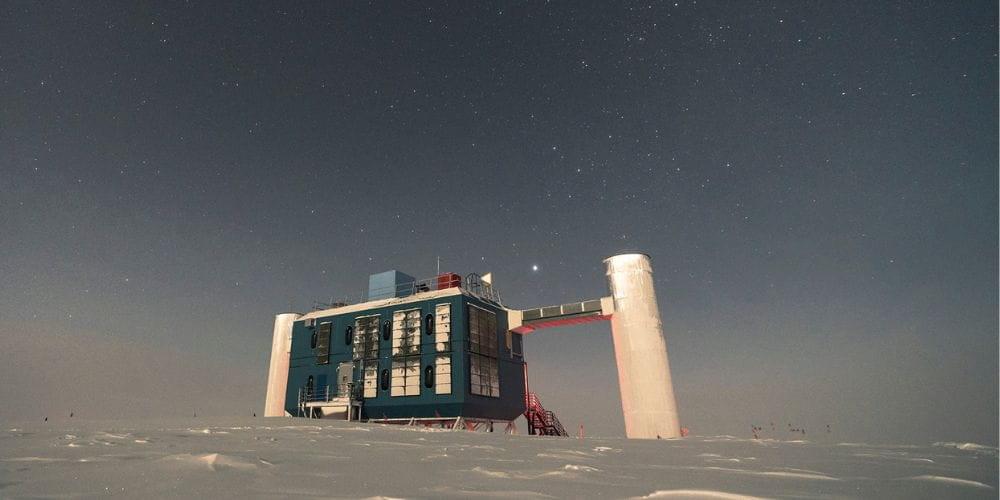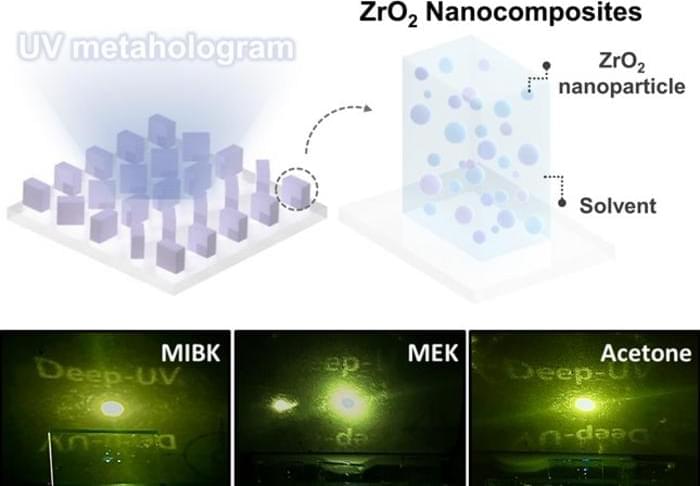May 20, 2024
Dr Roland Roesch — Director, Innovation and Technology Centre, International Renewable Energy Agency
Posted by Ira S. Pastor in categories: business, climatology, economics, engineering, finance, policy, sustainability
Innovation For A Sustainable Global Energy Transformation — Dr. Roland Roesch, Ph.D. — Director, Innovation and Technology Centre, International Renewable Energy Agency (IRENA)
Dr. Roland Roesch, Ph.D. is Director, Innovation and Technology Centre (IITC), of the International Renewable Energy Agency (IRENA — https://www.irena.org/) where he oversees the Agency’s work on advising member countries in the area of technology status and roadmaps, energy planning, cost and markets and innovation policy frameworks.


















